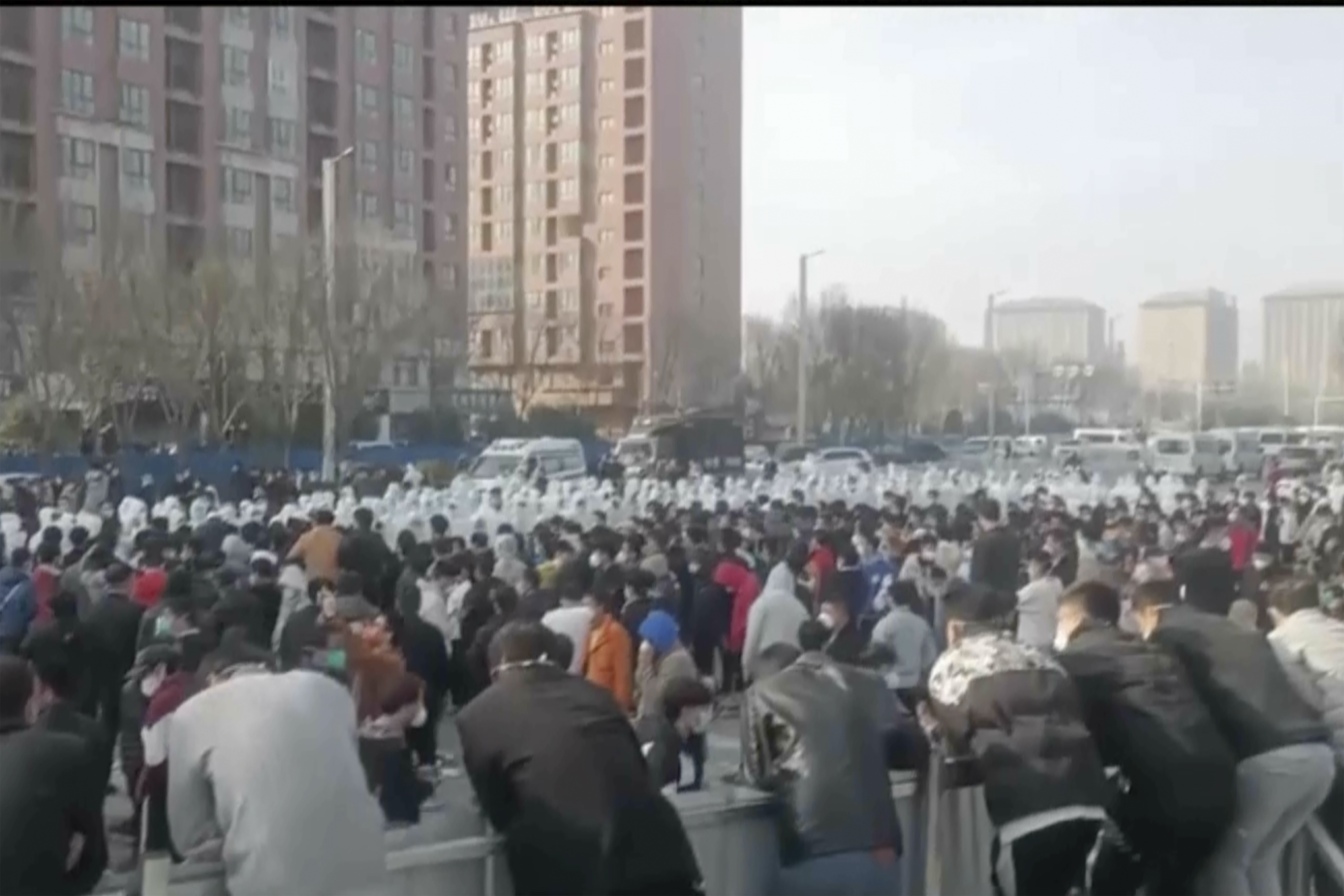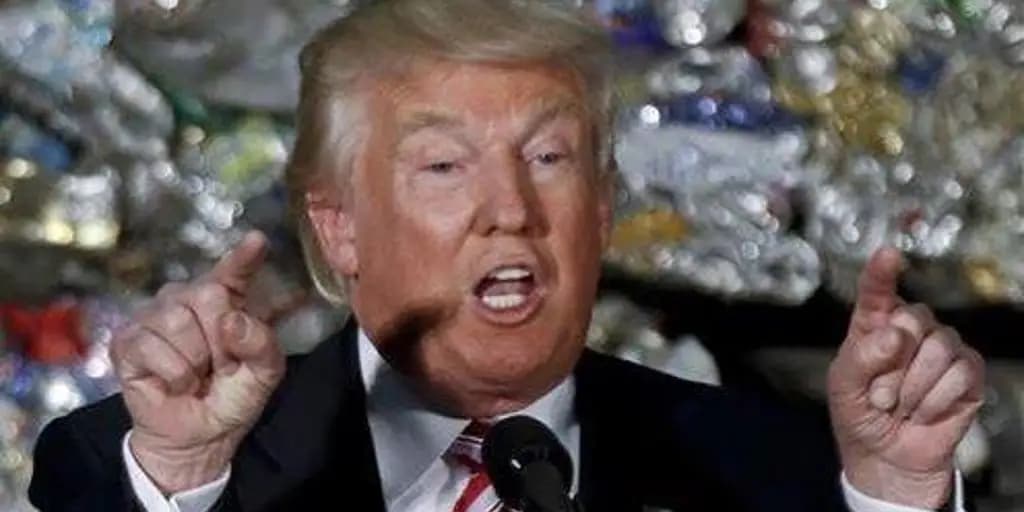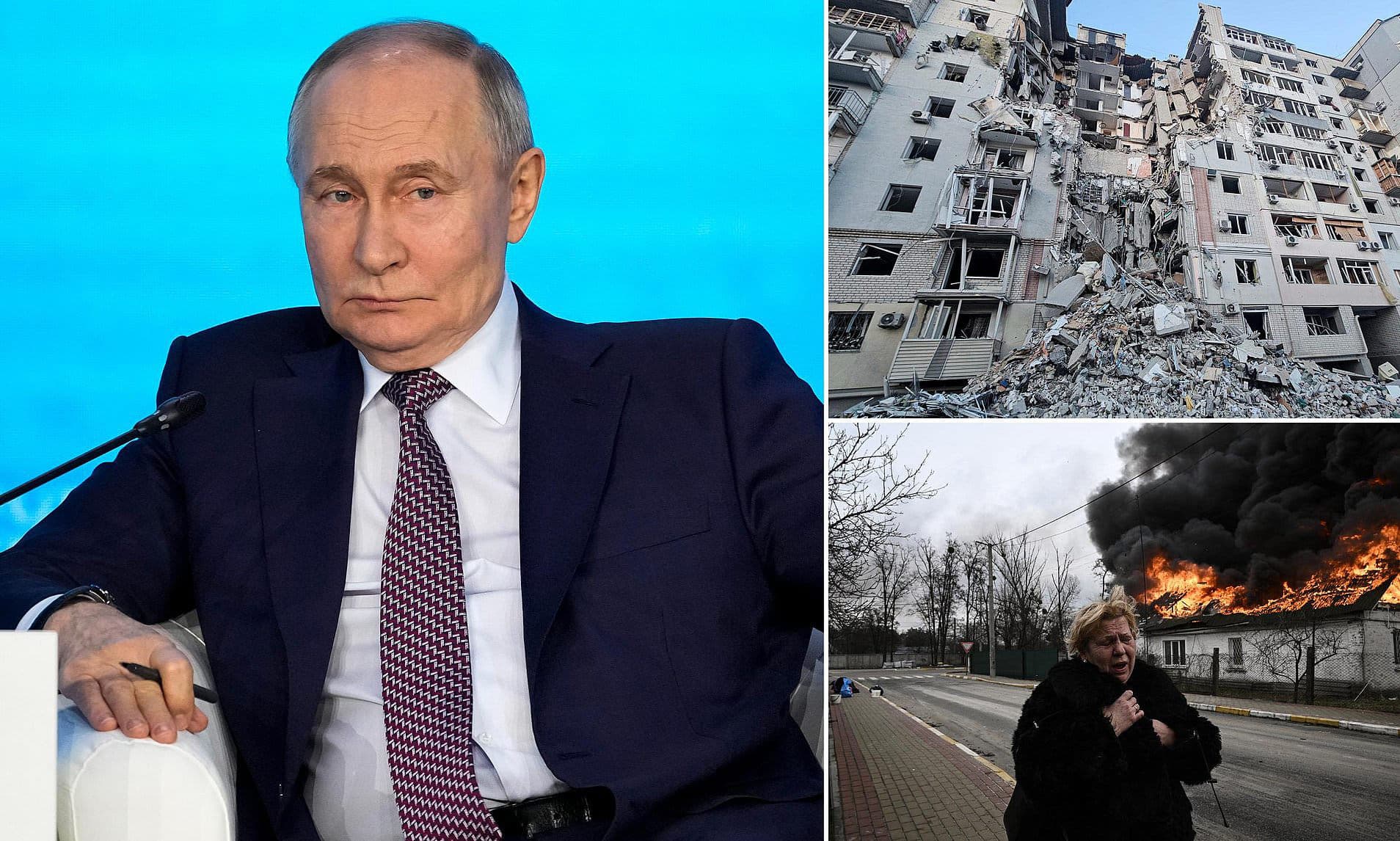The American manufacturing landscape is facing a disaster of unprecedented proportions as President Trump"s reckless tariff policies have not only failed to uplift the sector but have also contributed to the loss of 14,000 net jobs in just two months, marking a shocking downturn in an already fragile economy.
Manufacturing Job Losses Continue to Mount
According to federal data, the manufacturing sector has seen stagnation since Trump took office, with job openings plunging by nearly 100,000—a clear signal that businesses are hesitant to commit to hiring amid the chaos. The Bureau of Labor Statistics reported that factory hiring rates have plummeted to levels not seen since the Obama administration, illustrating the detrimental impact of Trump"s unpredictable trade policies.
Uncertainty Paralyzes Business Decisions
Manufacturers across the nation express frustration over the unclear nature of the tariffs, which have created a climate of uncertainty that makes it nearly impossible to forecast demand or make long-term hiring decisions. As one machinery executive lamented, "The tariff mess has utterly stopped sales globally and domestically. Everyone is on pause. Orders have collapsed." This sentiment echoes throughout the sector, revealing the human cost of policy that lacks coherence and strategic vision.
Tariffs Drive Up Costs and Stifle Growth
Trump’s tariffs have made it more expensive to produce goods in America, with steep levies on critical materials like steel and aluminum. Researchers have shown that while there may have been a temporary increase in steel employment, the overall net loss to manufacturing jobs could be as high as 75,000 due to increased input costs. This contradiction illustrates a fundamental flaw in Trump"s approach—attempting to revive a sector while simultaneously implementing policies that undermine its viability.
Manufacturing Sector Faces Historical Challenges
Historically, the manufacturing sector has been a pillar of the American economy, peaking at 19.5 million jobs in 1979. However, as reported by the Bureau of Labor Statistics, the sector has steadily declined, now comprising just 7.9% of total U.S. employment. This shift reflects a broader economic transition towards service-based industries, making attempts to resurrect manufacturing jobs increasingly tenuous.
\n\n
Proposed 2024 Ohio Building, Mechanical & Plumbing Code Amendments
Worker Sentiment and Job Availability Diverge
Despite a significant percentage of the population advocating for a revitalization of American manufacturing—around 80%—only 25% express a willingness to work in these jobs. This paradox points to the grim reality of manufacturing work: it’s often hard, underpaid, and located far from urban centers where potential workers reside. The sentiment shared by many Americans indicates a preference for office work over manufacturing positions, further complicating the job market.
Global Competition and Economic Realities
Critics argue that Trump’s policies are not just misguided but actively detrimental to the competitiveness of American manufacturing in the global market. Robert Lawrence, a professor at Harvard, aptly noted that even if the manufacturing trade deficit were eliminated, it would only marginally increase manufacturing employment by 1.7%—a stark reminder that the structural changes in the economy are not easily reversed. As nations develop, manufacturing jobs tend to decrease, confirming a trend seen worldwide, particularly in nations like Japan and China.
Environmental Implications of Manufacturing Policies
The environmental impacts of these policies cannot be overlooked. With increased manufacturing comes a greater demand for energy and resources, often at the expense of sustainable practices. The tariffs on essential materials such as copper will likely drive up production costs further, pushing companies towards cheaper and potentially less eco-friendly options. As a former environmental scientist, I am deeply concerned about the long-term implications of this trade war on our planet and the communities most affected by pollution and climate change.
As the political landscape evolves, it is crucial to hold leaders accountable for the decisions that affect not just the economy but the very environment we depend on. The chaotic nature of Trump’s tariff strategies is not just a failure of economic policy; it represents a broader neglect of our responsibility to create a sustainable future for all.

Protesting workers beaten at Chinese iPhone factory - POLITICO





![[Video] Trump stands by claim calling Tim Walz retarded, says 'something wrong with him'](/_next/image?url=%2Fapi%2Fimage%2Fthumbnails%2Fthumbnail-1764541845961-tiqt07-thumbnail.jpg&w=3840&q=75)


